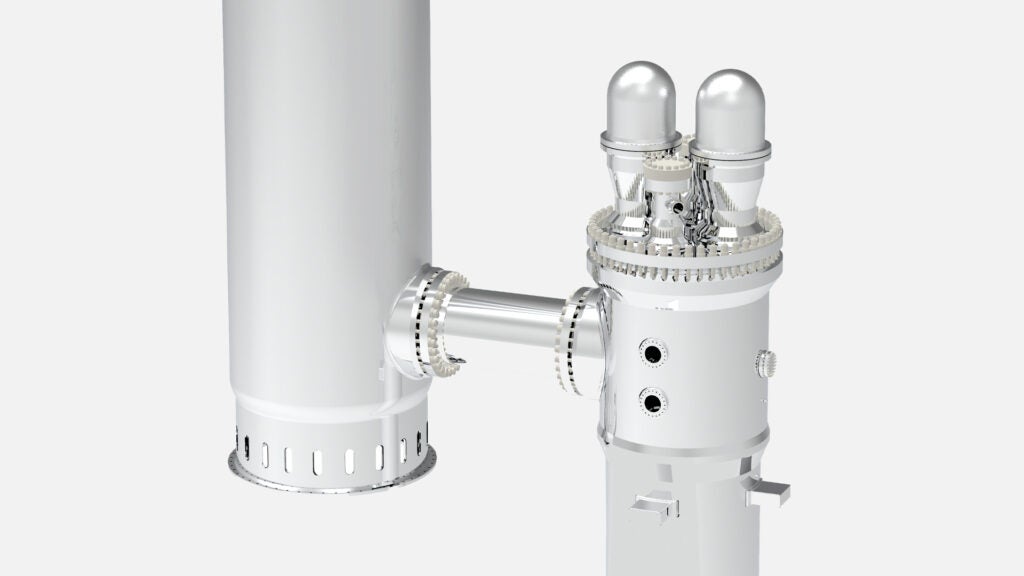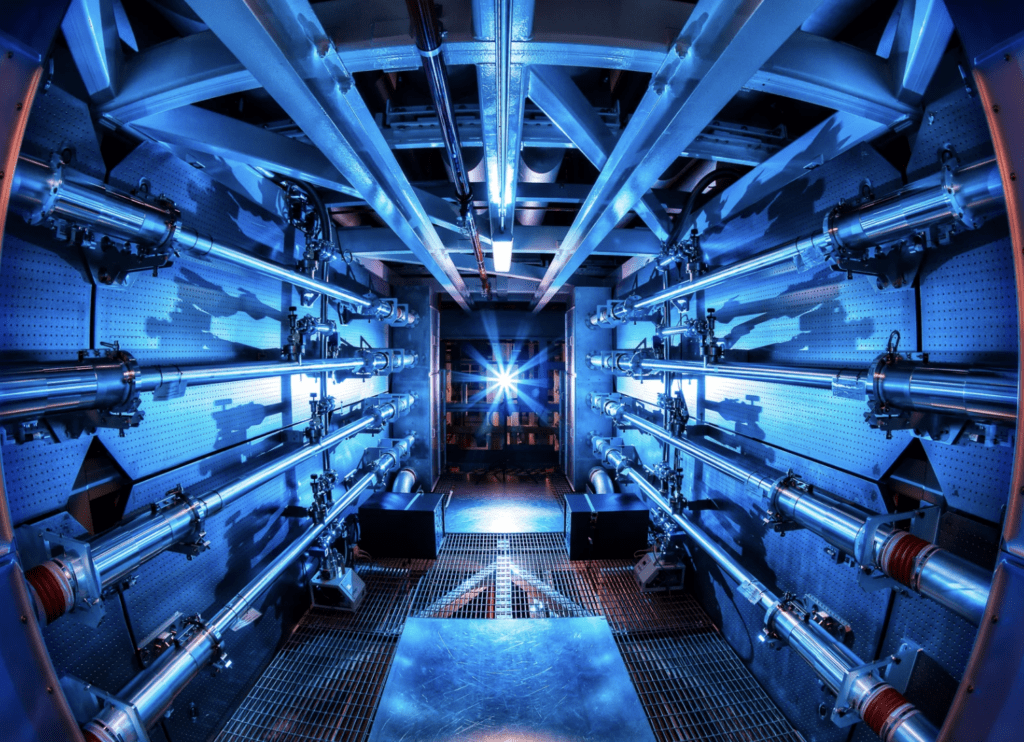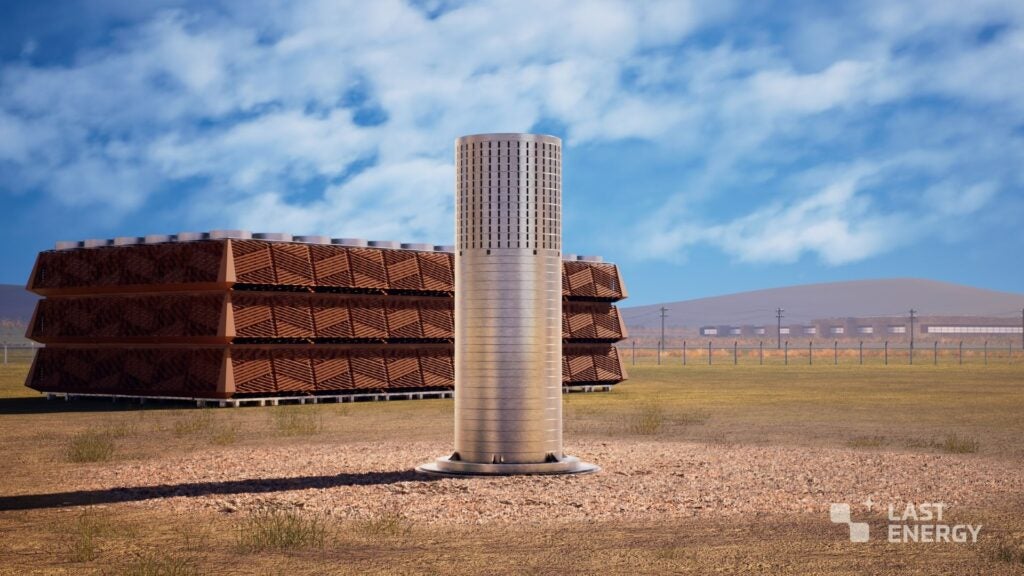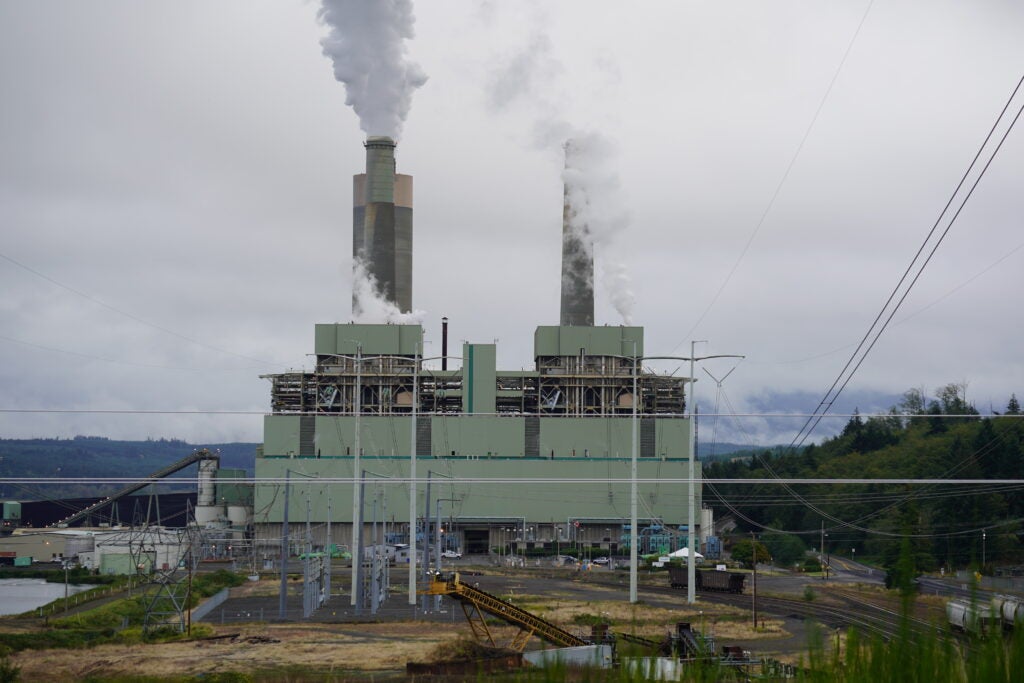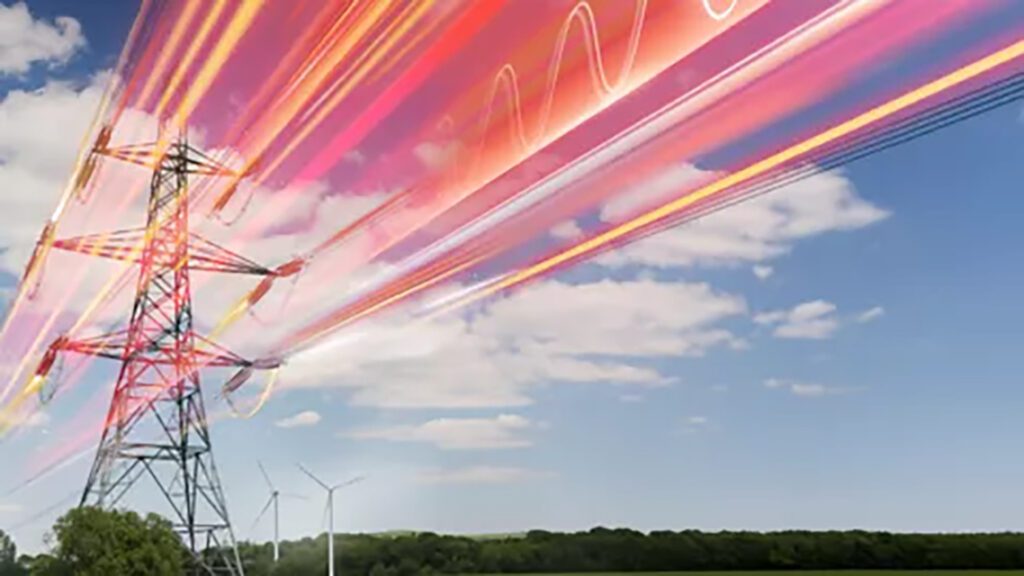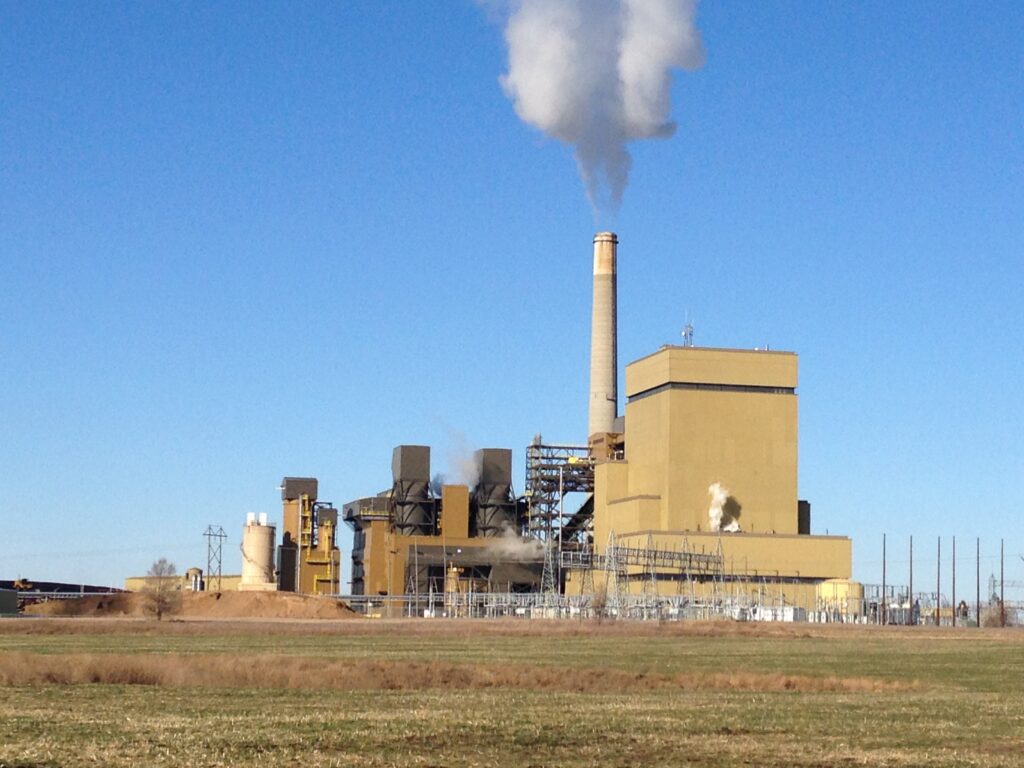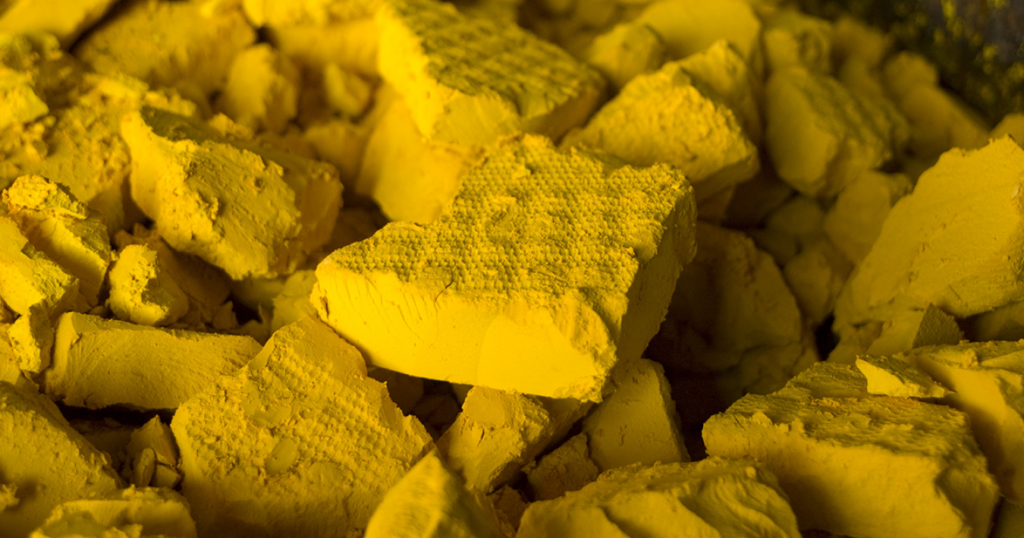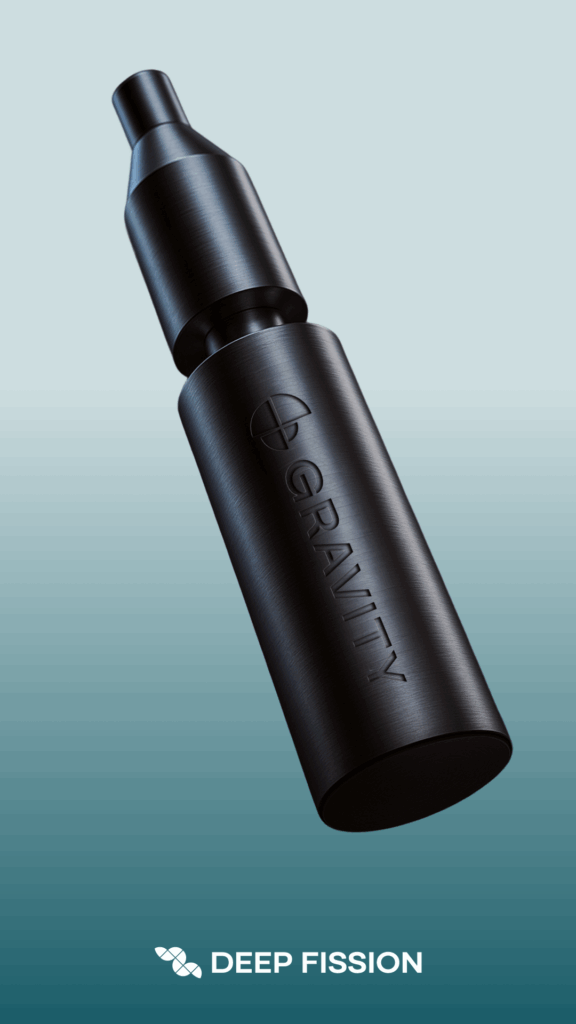A common talking point among critics of hydraulic fracturing is that they somehow “own the science” on shale development. The industry is merely raising doubt about scientific studies, they claim—just enough to confuse the public and make them think there’s a legitimate debate. As the Washington Post recently characterized Gasland Part II director Josh Fox’s opinion:
Fox frets in the movie that all the industry needs to do is instill doubt about his charges, comparing the gas drillers’ campaign to the one by cigarette makers in the 1950s and 1960s to counter claims of the health dangers of smoking.
But reality tells a much different story. In fact, it is often opponents of hydraulic fracturing who categorically ignore scientific studies that contradict their own beliefs. Whether it’s groundwater contamination or air pollution, earthquakes or well casing failure rates—the available data, when taken in their entirety, tell a fundamentally different story from what critics have alleged. More often than not, activists leverage anecdotes and examples devoid of their full context in order to cast the widest net and implicate “fracking” as an inherent threat—a “tornado on the horizon” that kills people, as activist Sandra Steingraber puts it.
If anyone is “instilling doubt” about what most people would recognize as a consensus, it is more likely those committed to halting the use of hydraulic fracturing.
A perfect example of the “cast doubt” agenda is the activism of Cornell Professor Tony Ingraffea, who recently called shale gas a “gangplank” to increased global warming, due to “leaks of methane” during production and transmission. Ingraffea’s research on this subject (done in partnership with his Cornell colleague Robert Howarth) has been quoted by activists across the country as the final word on the subject, most often in the context of emissions from shale gas being “worse than coal.”
Ingraffea’s opinion, meanwhile, might be the most marginalized one in recent memory.
Here are but a few examples of research that contradict Ingraffea’s thesis that shale gas development (including hydraulic fracturing) suffers from astronomically high methane leakage rates:
- Cornell Univ.: “Using more reasonable leakage rates and bases of comparison, shale gas has a GHG footprint that is half and perhaps a third that of coal.”
- Univ. of Maryland: “GHG impacts of shale gas are…only 56% that of coal.… [A]rguments that shale gas is more polluting than coal are largely unjustified.”
- Carnegie Mellon Univ.: “Natural gas from the Marcellus shale has generally lower life cycle GHG emissions than coal for production of electricity in the absence of any effective carbon capture and storage processes, by 20-50% depending upon plant efficiencies and natural gas emissions variability.”
- *NOTE: Study partially funded by the Sierra Club
- Mass. Institute of Technology: “Although fugitive emissions from the overall natural gas sector are a proper concern, it is incorrect to suggest that shale gas-related hydraulic fracturing has substantially altered the overall GHG intensity of natural gas production.”
- *NOTE: Coauthor is a lead author of the forthcoming Fifth Assessment Report for the IPCC
- National Energy Technology Laboratory (U.S. DOE): “Natural gas-fired baseload power production has life cycle greenhouse gas emissions 42 to 53 percent lower than those for coal-fired baseload electricity, after accounting for a wide range of variability and compared across different assumptions of climate impact timing.”
- Joint Institute for Strategic Energy Analysis/NREL: “Based on analysis of more than 16,000 sources of air-pollutant emissions reported in a state inventory of upstream and midstream natural gas industry, life cycle greenhouse gas emissions associated with electricity generated from Barnett Shale gas extracted in 2009 were found to be very similar to conventional natural gas and less than half those of coal-fired electricity generation.”
- AEA Technology (for the European Commission): “In our analysis, emissions from shale gas generation are significantly lower (41% to 49%) than emissions from electricity generated from coal. This is on the basis of methane having a 100 year GWP of 25. This finding is consistent [with] most other studies into the GHG emissions arising from shale gas.”
- Worldwatch Institute: “[W]e conclude that on average, U.S. natural gas-fired electricity generation still emitted 47 percent less GHGs than coal from source to use using the IPCC’s 100-year global warming potential for methane of 25.”
- The Breakthrough Institute: “The climate benefits of natural gas are real and are significant. Recent lifecycle assessments studies confirm that natural gas has just half as much global warming potential as coal.”
Meanwhile, peer-reviewed findings from ExxonMobil’s research arm matched what countless other experts have found with respect to low lifetime GHG emissions from shale gas. Many scientists and environmental experts have also criticized Ingraffea’s research specifically as “biased” and even flat out “wrong.”
Ingraffea does also cite limited research from the National Oceanic and Atmospheric Administration (NOAA) that found high leakage rates in the western United States. Groups like the Sierra Club similarly leverage those studies, claiming the findings “confirm” high, industry-wide leakage rates. Food & Water Watch says the NOAA findings indicate that EPA “drastically underestimated” total leakage. EPA’s data are industry-wide, NOAA’s are not.
But in addition to a fairly definitive and peer-reviewed rebuttal from Michael Levi—who said the NOAA conclusions were flat out “unsupportable”—even the Environmental Defense Fund said “conclusions should not be drawn about total leakage based on these preliminary, localized reports.”
Many environmental groups and activists, however, have done exactly that: taken the NOAA findings and extrapolated them to an industry-wide indictment, which even the authors of the studies themselves have said should not be done.
To be sure, there is still a need for more data on methane emissions, and the industry has taken an active role in helping researchers on that subject. Several companies have partnered with the Environmental Defense Fund on a major study to calculate a more comprehensive methane leakage rate, the results of which are due sometime this year.
—Steve Everley is national spokesman for Energy in Depth. This column was previously published on the EID blog and is republished here with minor style edits for this publication.


